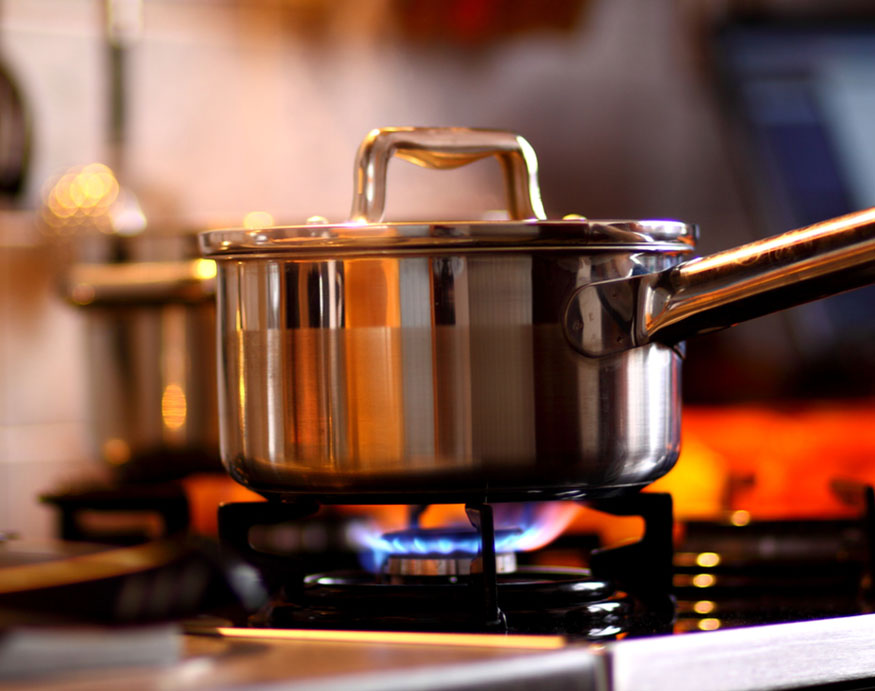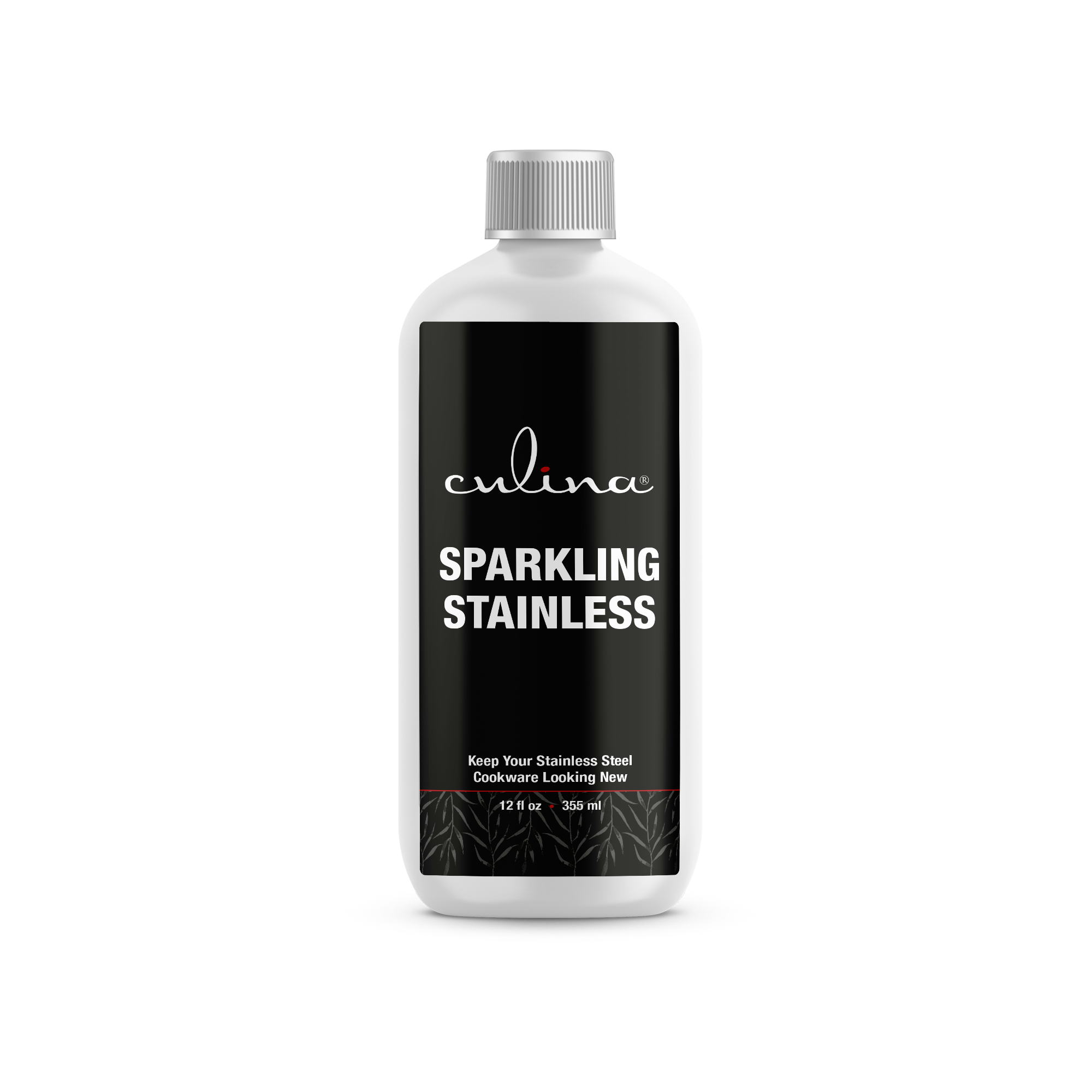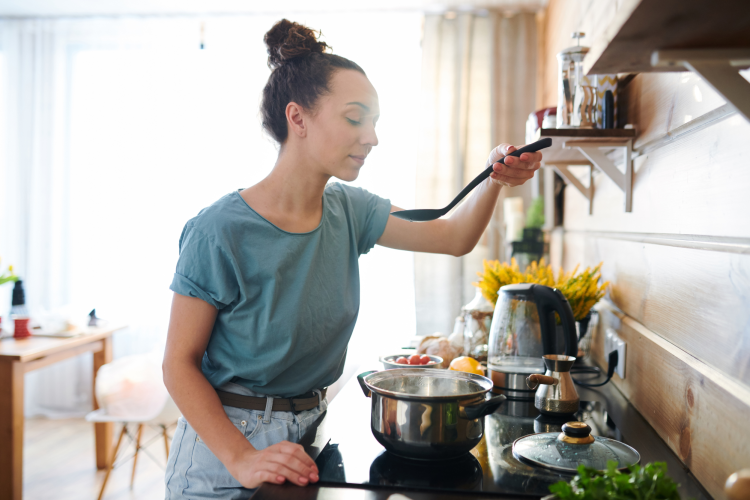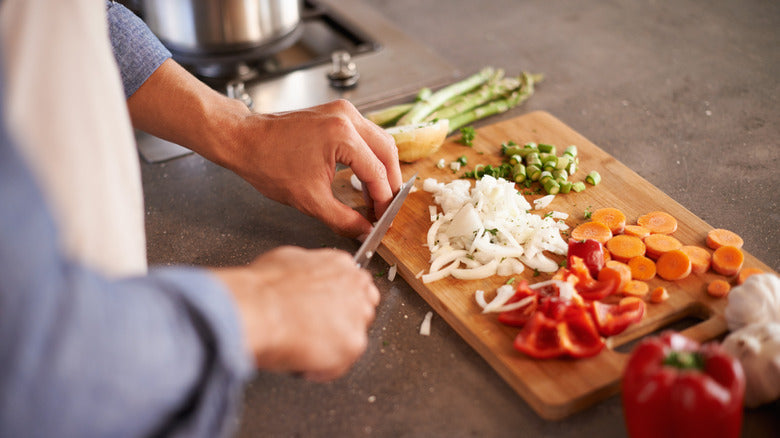As kitchen professionals, creating the perfect hot chocolate is an essential skill. You may wonder, how to make hot chocolate in saucepan? This simple yet delightful beverage can warm hearts and elevate any occasion. In this guide, not only will we provide a recipe, but we will also discuss various techniques, ingredients, and tips for making that rich and creamy hot chocolate every time.
This article will focus on the fundamental techniques of making hot chocolate in a saucepan, exploring different methods, ingredients, and common mistakes to avoid. By following these strategies, you can create a hot chocolate that rivals any caf, ensuring that your guests leave with a smile.

Ingredients for Hot Chocolate
When it comes to making hot chocolate from scratch, the choice of ingredients makes all the difference. Below are the essential ingredients you will need:
- Cocoa Powder: Use high-quality unsweetened cocoa powder for rich flavor.
- Milk: Full-fat milk works best for creaminess, but alternatives like almond, soy, or oat milk can also be used.
- Sweeteners: Sugar is standard, but try using honey or agave for a different flavor.
- Chocolate: Adding melted chocolate enhances the richness; dark chocolate is preferred.
- Vanilla Extract: A splash will elevate your hot chocolate to another level.

Step-by-Step Guide to Making Hot Chocolate in a Saucepan
Now that we have our ingredients ready, lets break down the steps required to create delicious hot chocolate:
Step 1: Combine Ingredients
In a medium saucepan, combine 2 tablespoons of cocoa powder, 2 tablespoons of sugar, and a pinch of salt. Whisk these dry ingredients together over low heat to blend them smoothly.
Step 2: Add Milk
Gradually pour in 2 cups of milk while continuing to whisk. This is crucial to avoid lumps. Keep stirring until the mixture is heated through but not boiling.
Step 3: Incorporate Chocolate
Add 2 ounces of finely chopped dark chocolate to the mixture and stir until it has melted completely. This will give your hot chocolate a luxurious texture.
Step 4: Flavor It Up
Remove the saucepan from heat and stir in a teaspoon of vanilla extract for extra flavor.

Tips for the Best Hot Chocolate
Every chef has their tricks. Here are some tips for making the best hot chocolate:
- Use quality ingredients. High-quality cocoa powder and chocolate elevate the flavor.
- Experiment with spices. A pinch of cinnamon or nutmeg can add an exciting twist.
- Top it off. Consider adding whipped cream, marshmallows, or a drizzle of caramel for a stunning finish.

Common Mistakes to Avoid
Even experienced chefs can falter sometimes. Here are some pitfalls to avoid when making hot chocolate:
- Not Whisking Enough: Lumps can form if you dont whisk well.
- Boiling: Never let your hot chocolate boil; this alters the flavor and texture.
- Using Low-Quality Ingredients: Cheap cocoa can lead to a less satisfying drink.
Hot Chocolate Variations
Hot chocolate is versatile. Here are some variations to consider:
- Mint Hot Chocolate: Add a few drops of peppermint extract for a holiday twist.
- Spicy Hot Chocolate: Incorporate cayenne pepper for a warm kick.
- Nutty Hot Chocolate: Mix in hazelnut syrup for a rich flavor.
Frequently Asked Questions
Can I Use Water Instead of Milk?
While you can use water, it will significantly reduce the creaminess of the hot chocolate. For best results, stick with milk or a milk alternative.
How Do I Store Leftover Hot Chocolate?
If you have leftovers, store them in an airtight container in the refrigerator for up to three days. Reheat gently on the stove.
Can I Make Hot Chocolate Ahead of Time?
Yes! You can prepare hot chocolate in advance and simply reheat it before serving. If you want to keep it warm for an event, use a slow cooker on low.
If you want to further enhance your culinary skills, consider checking out more saucepan tips. For related maintenance advice, refer to cleaning scorched pans, or learn burnt saucepan hacks.
For further inspiration, you may want to explore uses of saucepan and how it applies to various cooking methods.
As an Amazon Associate, I earn from qualifying purchases.






Leave a comment
This site is protected by hCaptcha and the hCaptcha Privacy Policy and Terms of Service apply.